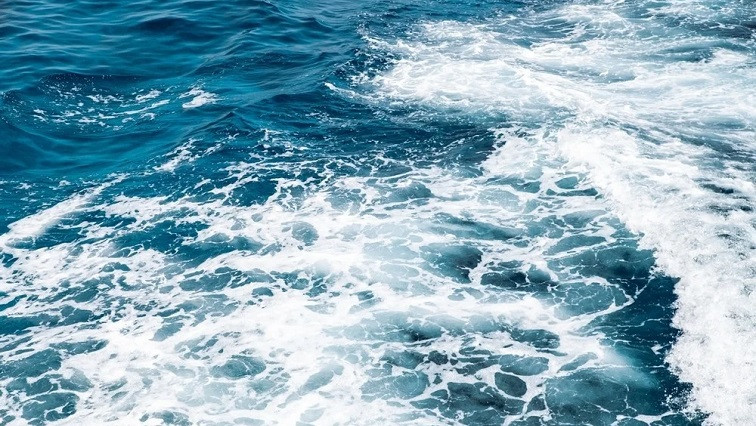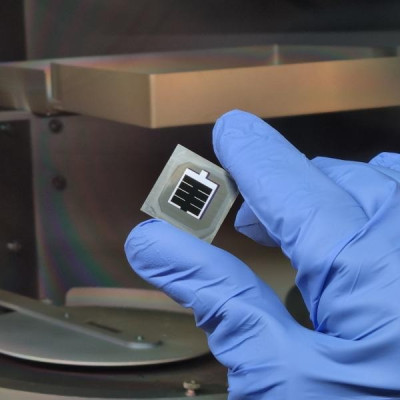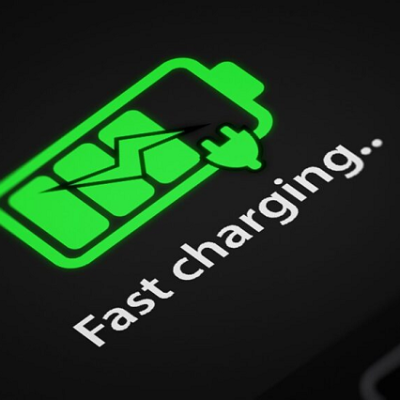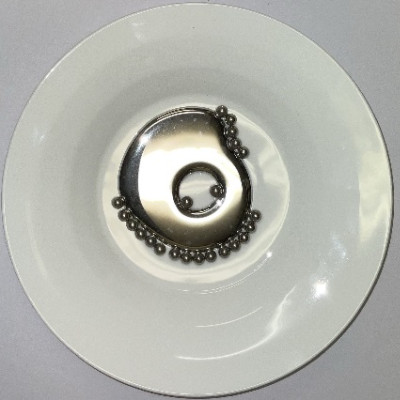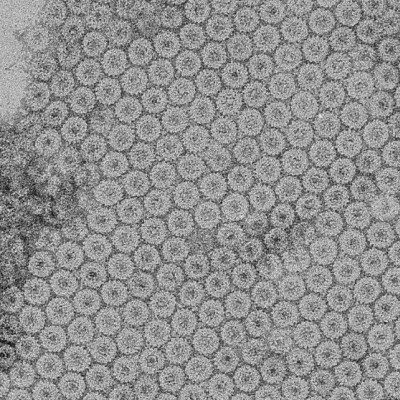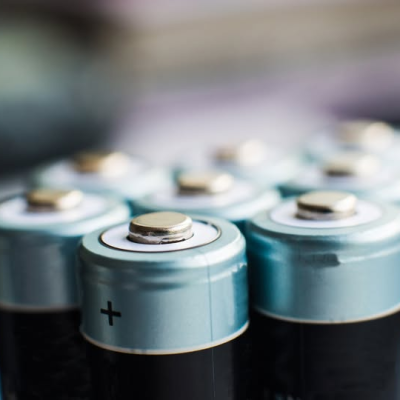An innovative “energy harvester,” capable of continuously producing electrical energy by utilizing the movement of the sodium ions contained in seawater, has been newly developed. This technology is anticipated to find applications as a source technology in a wide range of sectors including water-based energy harvesting and eco-friendly energy technologies.
The research team led by Principal Researcher Seungmin Hyun and Senior Researcher Hye-Mi So of the Department of Nano-devices and Displays of the Nano-convergence Manufacturing Research Division of the Korea Institute of Machinery and Materials (President Seoghyeon Ryu, hereinafter referred to as KIMM), an institute under the jurisdiction of the Ministry of Science and ICT, and Professor Soo-Hwan Jeong of the Department of Chemical Engineering at Kyungpook National University (President Won-hwa Hong) has succeeded in developing an environment-friendly self-charging energy harvester that can be used for generating electrical energy through the movement of the ions contained in seawater.
The energy harvester developed by the KIMM utilizes multi-walled carbon nanotubes and graphene oxide films with different content of oxygen functional groups as the cathode and anode, respectively, and is constructed using seawater as the electrolyte. During this process, more cations in the electrolyte gather closer to the anode, which has a relatively higher oxygen functional group content, and a potential difference is created as a result of the rearrangement of ions between the two electrodes.
Conventional water-based energy harvesters have low energy conversion efficiency and require the external energy sources to continuously generate the movement of water for reuse, which makes them difficult to be used continuously. Moreover, the utilization of these harvesters is limited in environments where external sources of energy cannot be supplied.
The energy harvester newly developed by the KIMM’s research team can be reused continuously even after being discharged, through the restoration of its initial open circuit voltage without external energy. Consequently, it can be constantly used as an energy supply device for sensors even in environments such as the ocean where the retrieval of devices is challenging.
This new energy harvester has a power density of 24.6mW/cm³, which is approximately 4.2 times higher than that of conventional water-based energy generators made of ionic hydrogel (which have a power density of 5.9 mW/cm³), and is capable of providing small devices like calculators, watches, and sensors with sufficient electrical power. Meanwhile, even more electrical energy can be produced using the newly developed energy harvester by expanding the area or connecting multiple harvesters.
Principal Researcher Seungmin Hyun of the KIMM remarked, “The newly developed technology is an eco-friendly energy harvesting technology that allows continuous self-charging and can be used without external energy.” Hyun added, “It is expected to be used as an energy source to operate sensors and devices in environments where monitoring environmental factors (such as temperature, dissolved oxygen (DO), inorganic nitrogen in the ocean) is required.”
Read the original article on Korea Institute of Machinery and Materials (KIMM).

